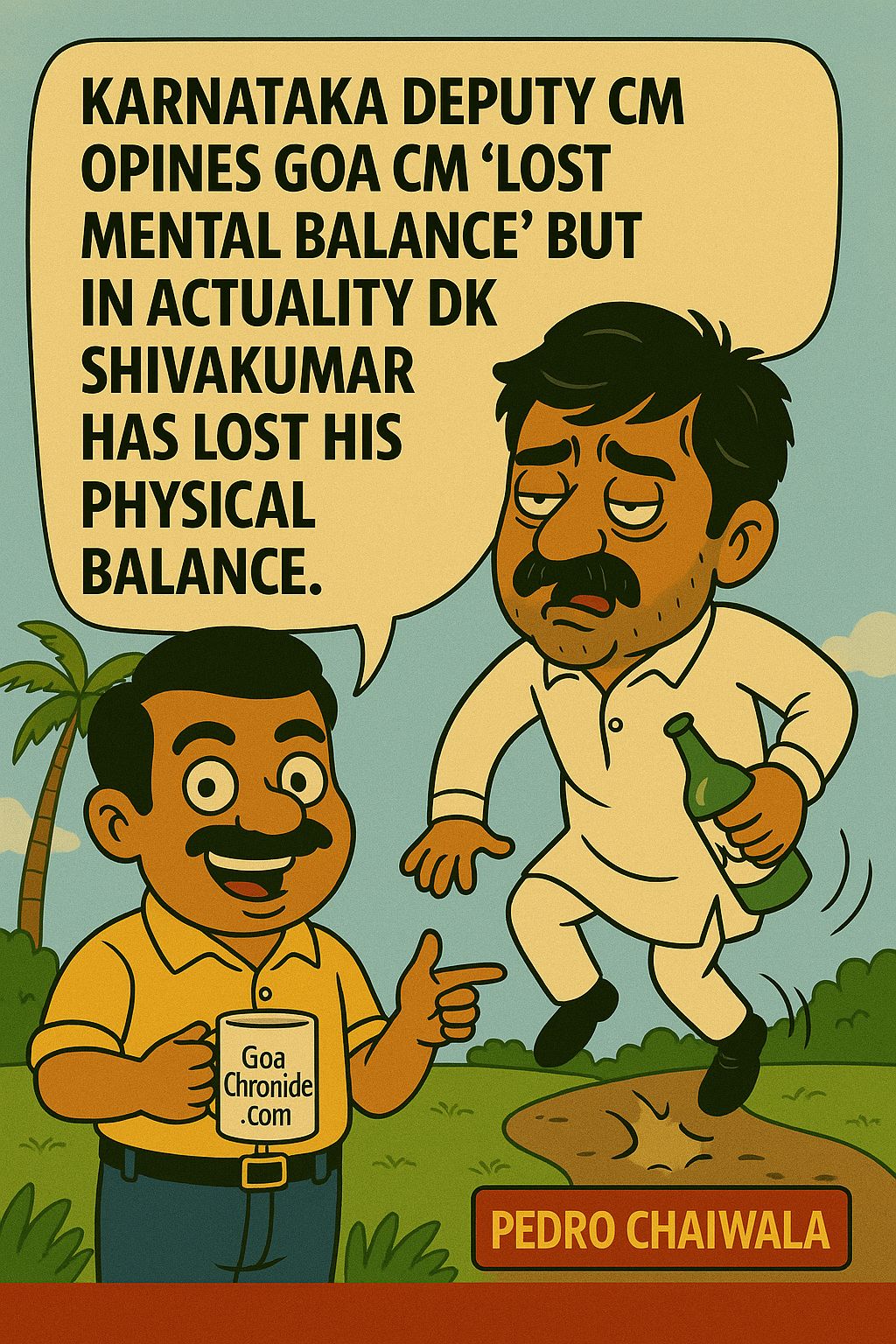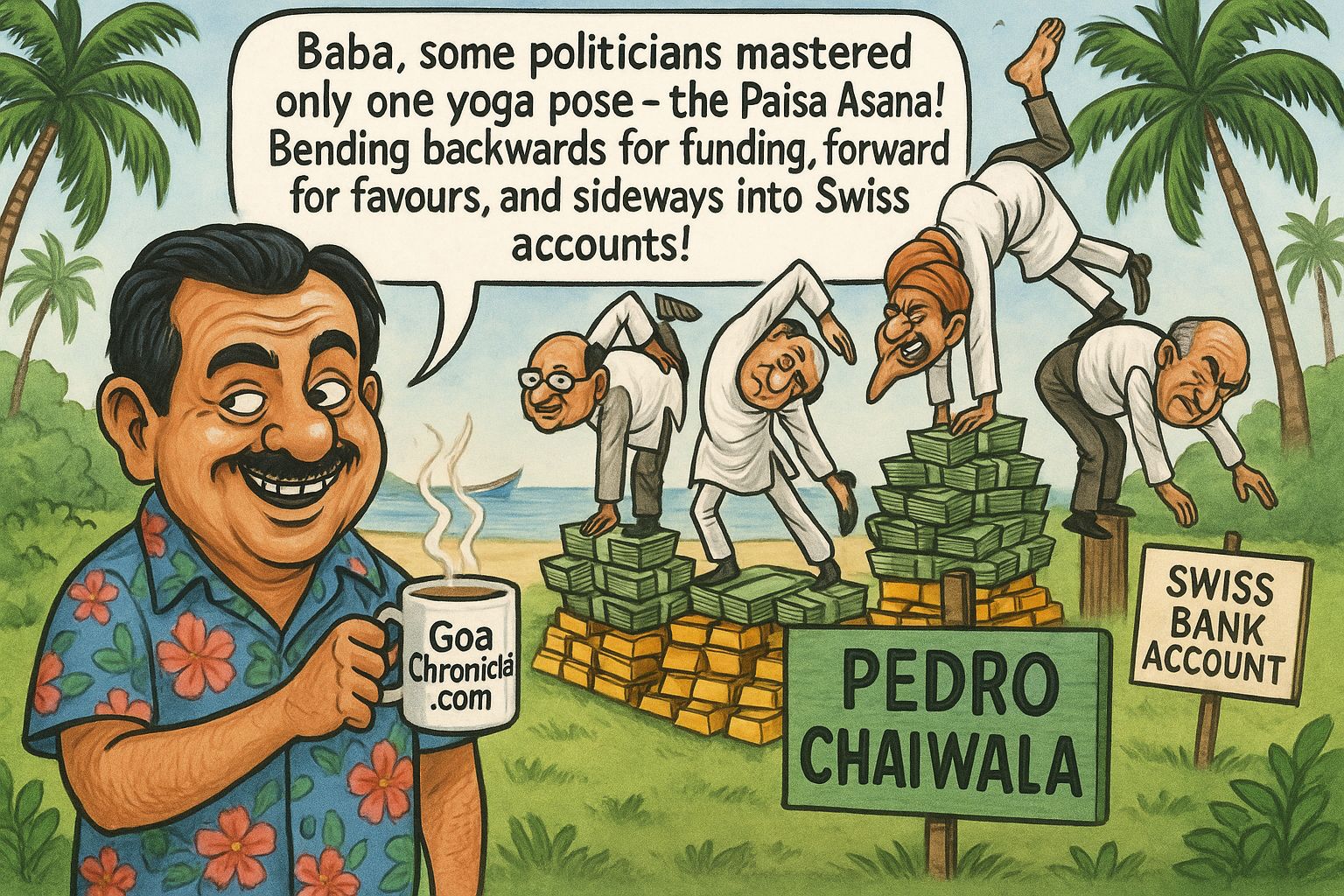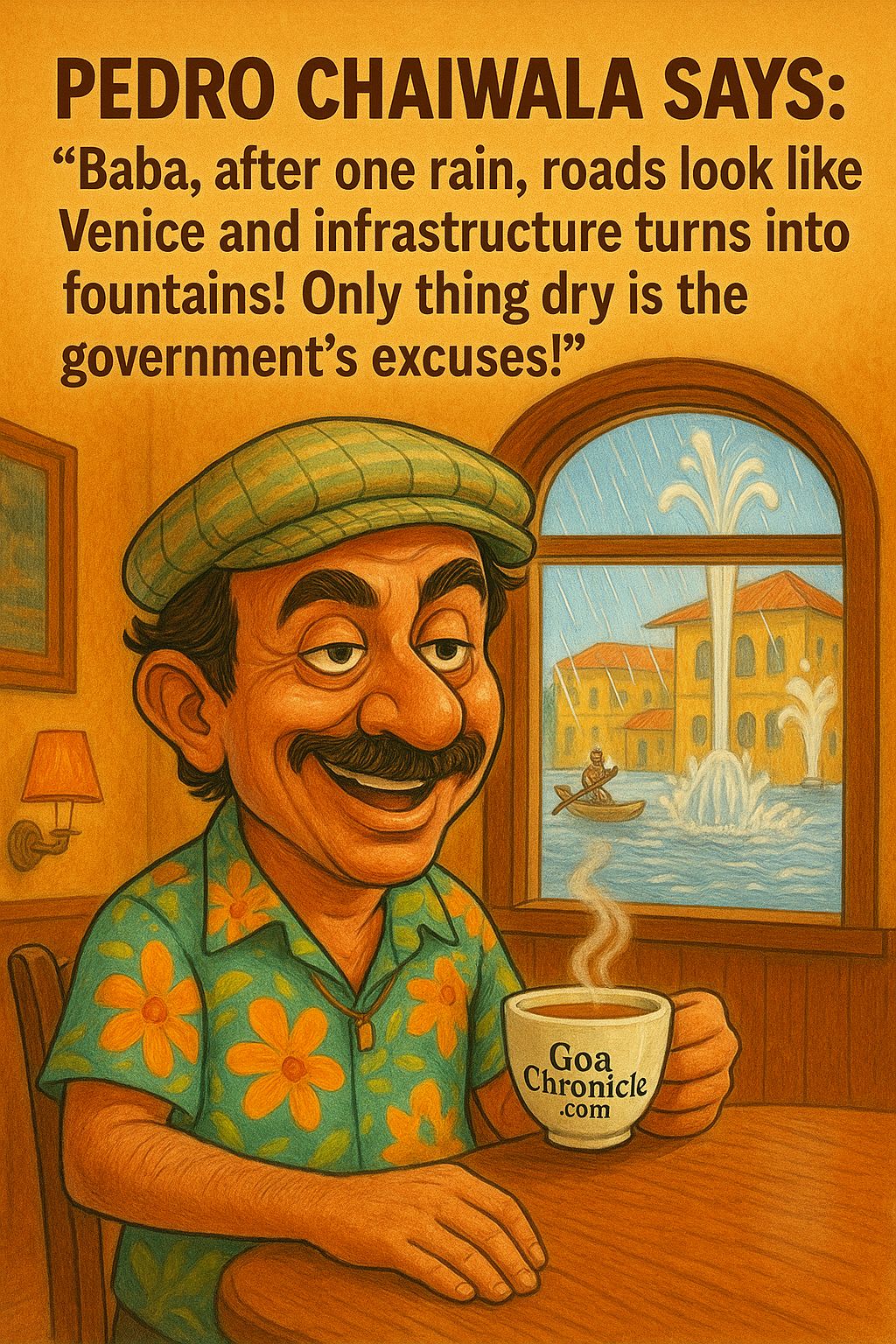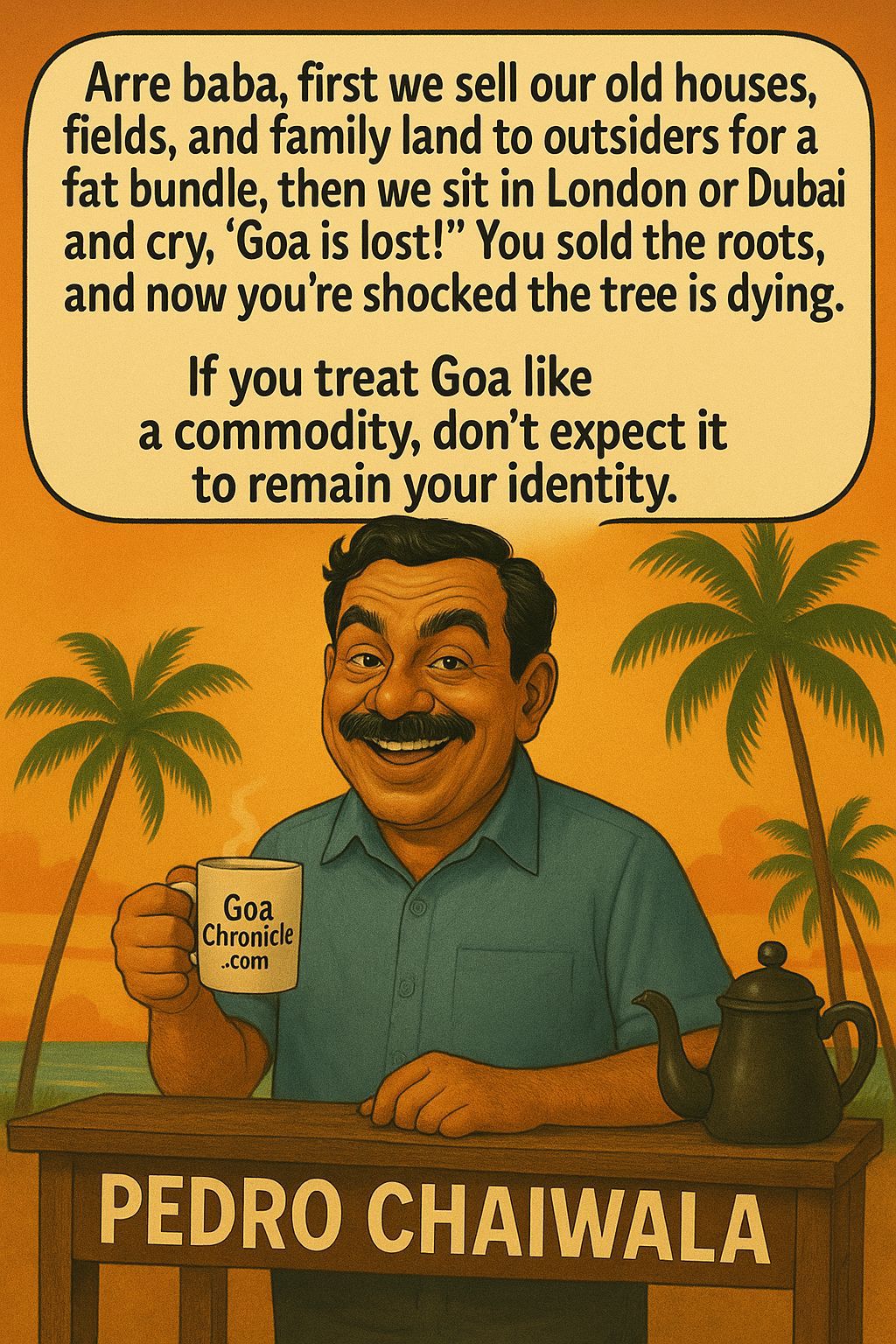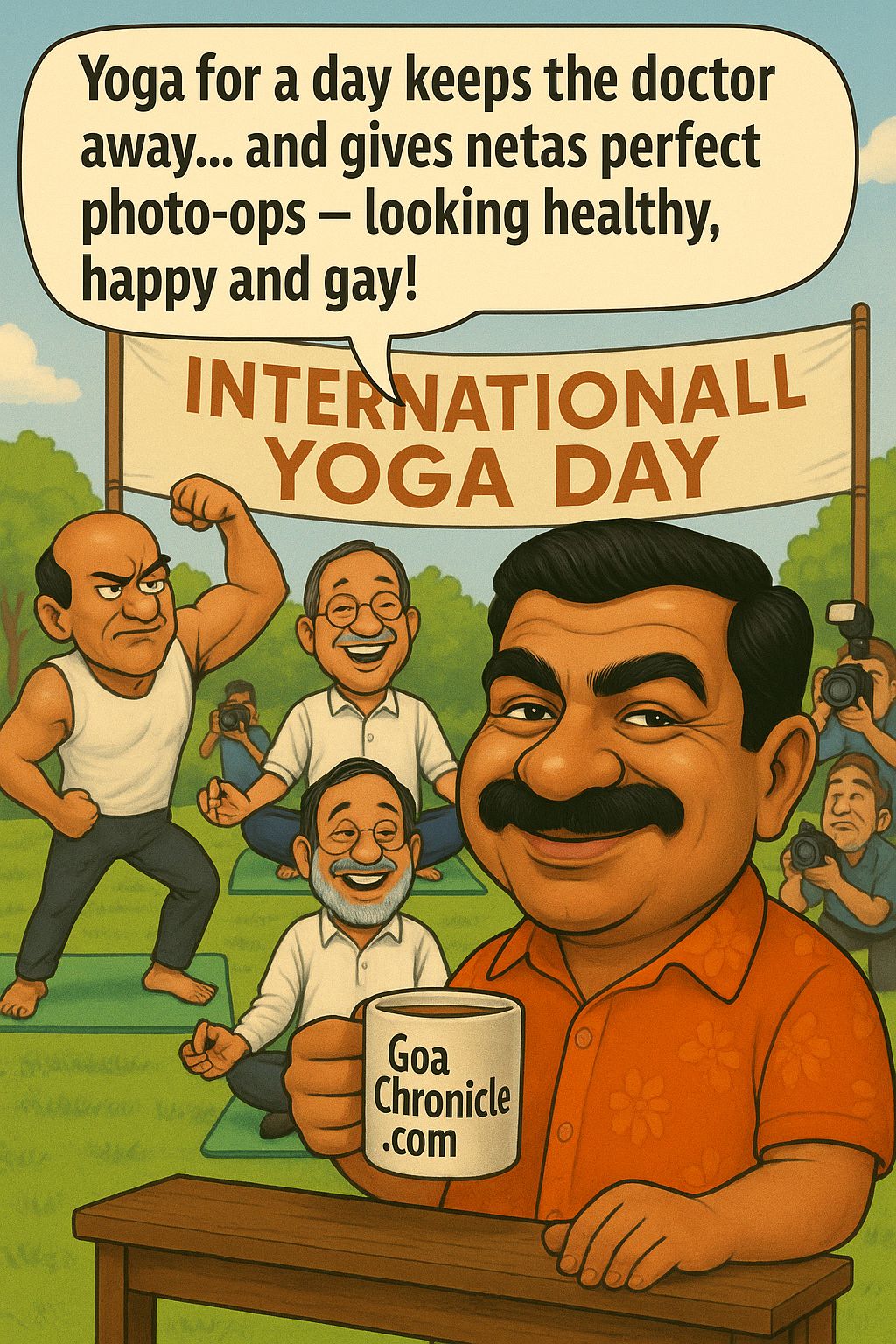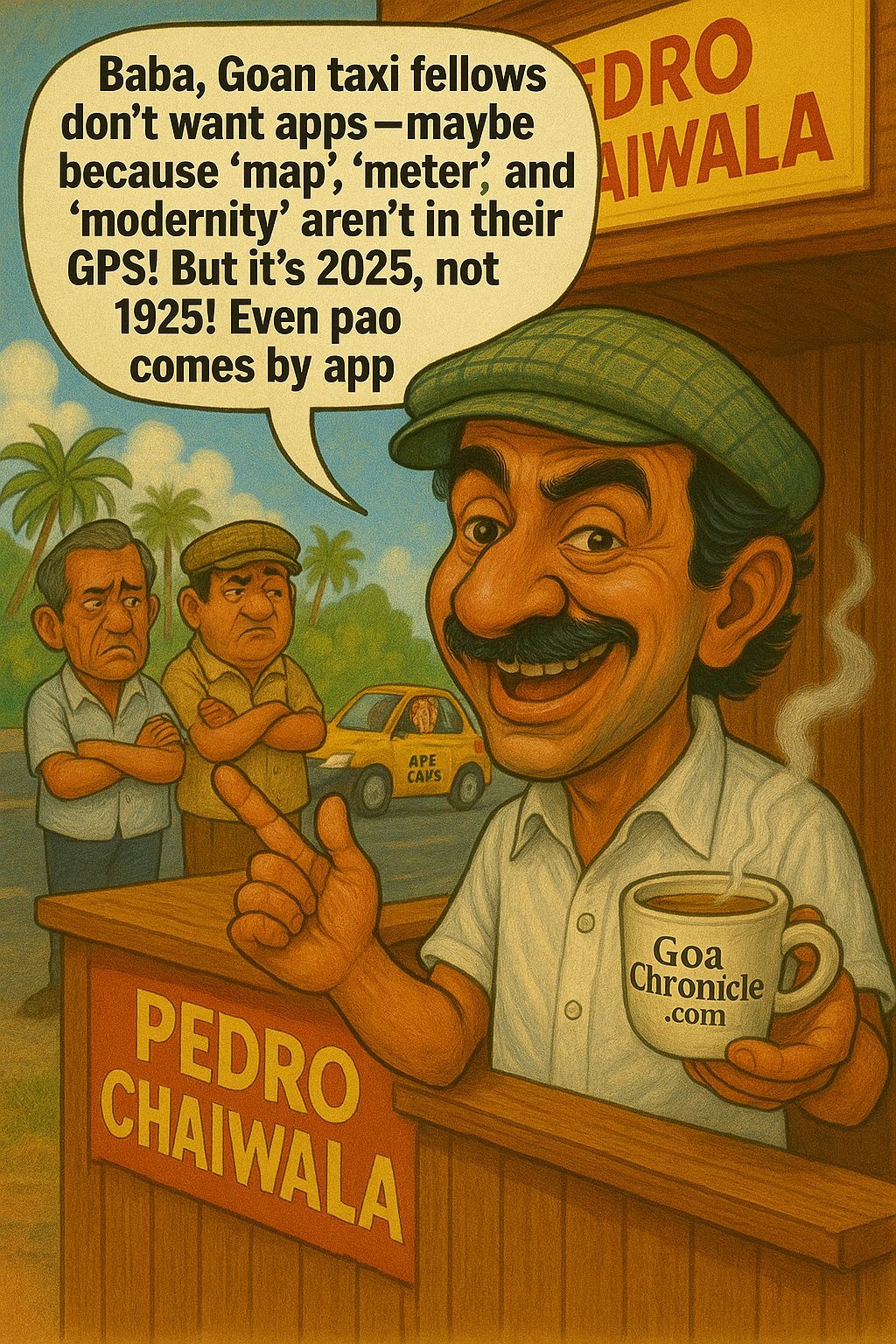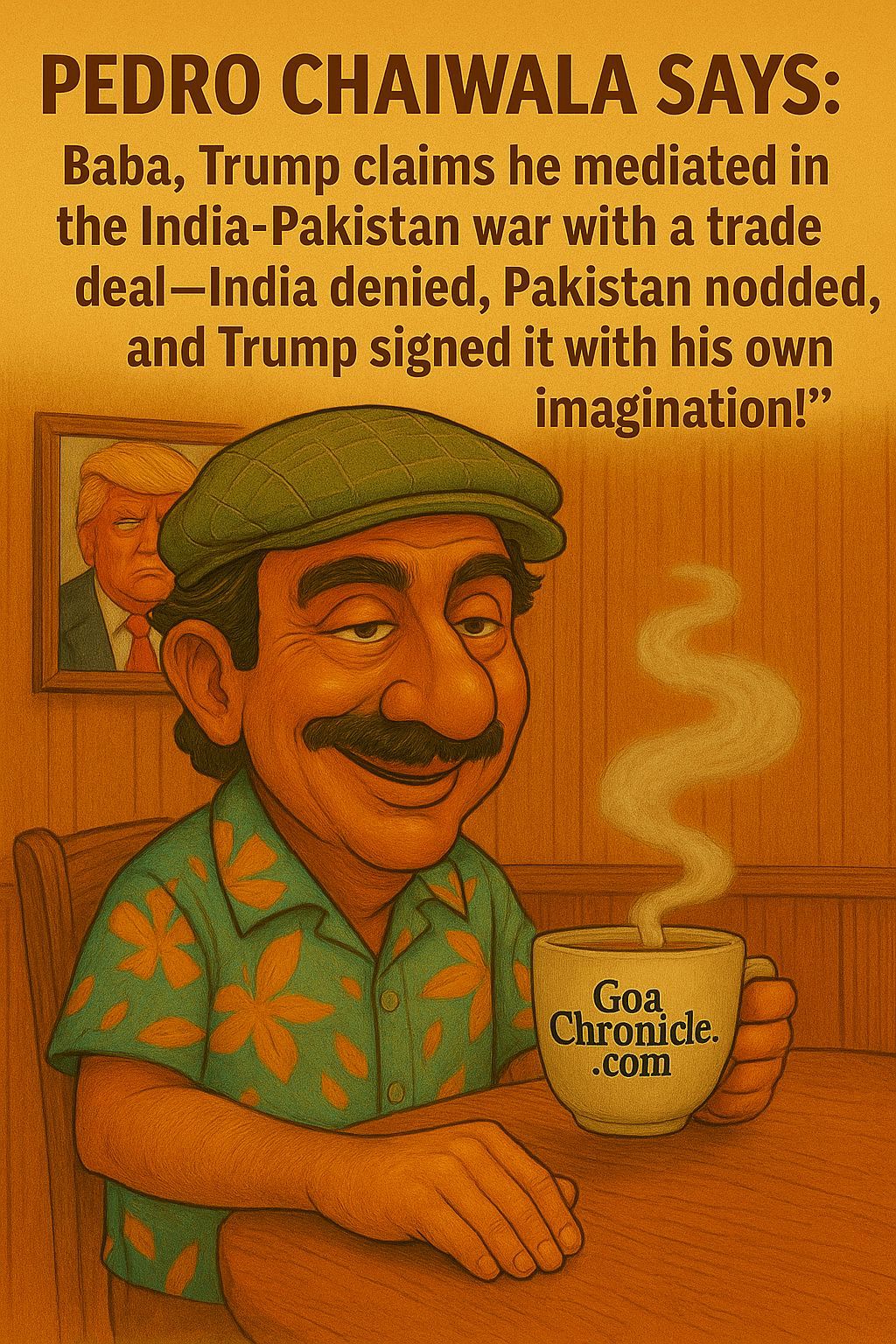People remember Veer Savarkar as a fierce freedom fighter, as someone who faced the hard times of Kala Pani, and a strong voice of Hindutva. But there is an important, often overlooked, aspect of Savarkar’s life – his deep and unwavering dedication to fixing the flaws within Hindu society by his commitment to social reforms. As we commemorate his birth anniversary, it’s time to remind ourselves of the unsung social reformer Savarkar was and his relentless battle against the injustice of untouchability and the rigid caste system. Savarkar didn’t just dream of a free India; he worked hard both in theory and practice to build a Hindu society that was strong, united, modern, and free from the shackles of caste-based discrimination.
The Context of Savarkar’s Reforms
In order to appreciate the significance of Savarkar’s efforts at social reforms, one must first understand the India of the early 20th century – a Hindu society which was enslaved by a rigid caste system. This caste system governed every aspect of life, dictating social status, rights, and even basic human interactions. The worst part of this was the practise of “untouchability”, which condemned millions to a life of extreme marginalisation, denying them even the basic human dignity, along with access to temples, and public spaces, only and only because of the caste they were born in. It was in this environment of deep-rooted inequality that reformers like Savarkar rose, recognising that these social ills were not merely societal problems but fundamental barriers to national unity and progress. He advocated for a Hindu identity based on merit and not birth.
A Moral Crusade Against Untouchability
Savarkar’s opposition to untouchability was profound and deeply moral. He didn’t just see it as a social problem but as a “grave injustice” and but in his own words, “To regard our 70 million co-religionists as ‘untouchables’ and worse than animals is an insult not only to humanity but also to the sanctity of our soul.” By declaring, “When I refuse to touch someone because he was born in a particular community but play with cats and dogs, I am committing a most heinous crime against humanity” he called out the hypocrisy of a society that treated animals with more kindness than fellow human beings.
He roared, “From the point of view of justice, dharma and humanism, fighting untouchability is a duty and we Hindus should completely eradicate it.” Savarkar didn’t wait for grand societal shifts or a government order; he called for immediate, individual action. His stirring call, “Say I will touch! And lo! Untouchability shall be dead,” urged every Hindu to take individual responsibility, to reach out and embrace their ‘untouchable’ brethren, thus dismantling the practice one person at a time. This act of touching was symbolic, representing the eradication of the discriminatory mindset itself.
Breaking the Seven Shackles
Savarkar identified “seven shackles” (social restrictions) of the Hindu society which were crippling it internally and preventing unity and progress. He provided a clearcut roadmap for reform:
1. Vedoktabandi (Prohibition of Vedic Rites): He spoke out against the rule that non-Brahmins couldn’t study or practice Vedic rites and pushed for everyone to have access to all Hindu scriptures. He asked in a very moving way foreigners could study the Vedas, but ‘untouchable’ Hindus could not.
2. Vyavasaybandi (Prohibition of Occupations): He advocated that people should be able to choose their job based on their skills and interests, and not their caste. He saw occupational freedom as key to national strength.
3. Sparshbandi (Prohibition of Touch): He termed untouchability one of the “biggest sins,” a stigma on humanity that had fragmented Hindu society and made it vulnerable.
4. Sindhubandi (Prohibition of Seafaring): Criticising the taboo on sea voyages, he believed it isolated Hindus from the rest of the world. He also expressed that while destroying trade and naval power, it also weakened cultural ties with Hindus abroad. He strongly encouraged overseas travel and settlement.
5. Shuddhibandi (Prohibition of Reconversion): He was a great exponent of Shuddhi, or the re-conversion and welcoming back of those who had left Hinduism, urging their affectionate and equal integration into society.
6. Rotibandi (Prohibition of Inter-dining): Savarkar believed that the prohibition of inter-caste dining destroyed the feeling of brotherhood. He laughed at the idea that eating together could pollute one’s religion and promoted “Sahabhojan” (community dining) across all castes.
7. Betibandi (Prohibition of Inter-caste Marriages): He identified the rule against marrying someone from a different caste as the seventh chain that was tearing the Hindu society apart. He supported inter-caste marriages, envisioning a society where individuals identified simply as ‘Hindu’, not by their caste.
Patit Pavan Mandir: A Practical Beacon
Savarkar’s reformist zeal wasn’t confined to writings; he believed in tangible action. During his confinement in Ratnagiri (1924-1937), he spearheaded the establishment of the Patitpavan Mandir. This temple was a revolutionary statement: it was conceived to be open to all Hindus, irrespective of their caste. Shankaracharya Dr. Kurtakoti laid the foundation stone of the building in 1929. Importantly, when the temple opened in 1931, it didn’t require its pujaris to be born a Brahmin; they just had to know how to do their job as a pujari or a priest. Savarkar ensured that the trust included people from all castes including the “untouchable” community.
A Visionary for a Modern Hindu Society
Savarkar visualised a dynamic modern Hindu society without losing its core essence. He urged Hindus to do away with age-old practices and superstitions which hindered their growth and progress. He suggested, “A custom may have been beneficial in the past or seemed to have been correct in the light of prevailing wisdom. However, if such a custom has now become harmful or been rendered invalid by experimental science, then changing it or accepting its invalidity is not an insult to our forefathers; rather it is a tribute to both us and them.” For him, traditions were not sacrosanct; if a custom became harmful, it had to be discarded. He reinterpreted “Chaturvarnya,” suggesting that it was originally based on merit, and not birth. It was very important to Savarkar that he thought social reform was necessary for political freedom. He said, “If freedom is won without social reform, it will not last even for three days.”
Conclusion: A Legacy of Reform
Vinayak Damodar Savarkar’s contributions as a social reformer deserve recognition and appreciation. He was a visionary leader who believed that Independent India must be built on the foundation of social justice and equality. Advocating a Hindu society where tradition and modernism could coexist, he not only theorised but also actively strove to destroy the repressive systems of caste and untouchability, thereby free from the constraints of birth-based discrimination helping every person to contribute to national development. On his birth anniversary let us honour and commemorate Savarkar, the revolutionary social reformer whose struggle for human dignity and unity is still very pertinent today.
Author: Devendra Dilip Pai








